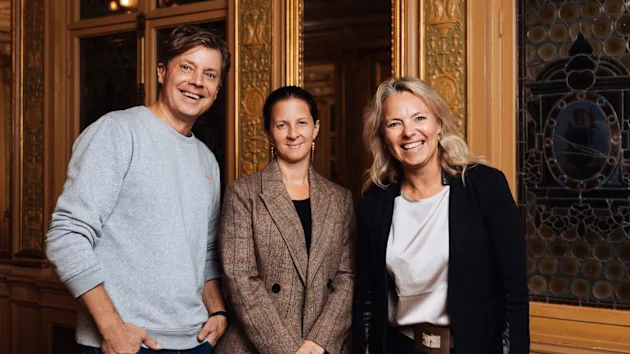Participating in exhibitions is a big investment for a company. After intensive days at the exhibition centre, energies may run low but a wealth of promising leads awaits. After a well-deserved rest, it’s time to dig into the exhibition’s results. Before that, however, the exhibition stand needs to be taken down –– and this part unfortunately has a bad reputation of adding to landfills as a manifestation of throwaway culture.
The calculator is a tool for verification of environmental impact
You need to be able to measure what you want to make better. This is the underlying thinking behind the reuse rate calculator developed by LIWLIG. It informs which proportion of an exhibition stand’s materials can be reused. We use the calculator in our exhibition projects to support the design process.
It is important to note that reusing is different from recycling. Dropping an item into a container marked “Cardboard” is not acknowledged by our calculator: it only takes into account verifiable reusability. For their part, our customers can verify their responsible actions by reporting such calculations in their own communications.
Many people are surprised by how much of an exhibition stand’s materials can in fact be reused. The percentage increases even more when circular economy principles are already integrated into the planning phase of an exhibition stand.
Reuse is a part of responsibility
Responsibility and sustainability are often mainly thought to consist in measuring and compensating for one’s carbon footprint. Cutting down on overall waste is important, however – and with the help of reuse, valuable components and raw materials can be saved in the first place and energy consumption reduced.
Responsibility is not the enemy of business: it is easy to understand that an element used several times produces cost savings compared to a disposable element. Operating in accordance with the principles of the circular economy is a great thing, and something to proudly communicate to customers. So reuse not only saves the environment and money, but can also be a competitive advantage for a company.
How is a more responsible exhibition stand created?
At LIWLIG, we know what advice to give when it comes to making an individual exhibition stand less burdensome on the environment. We are familiar with internationally approved and certified materials, and prefer the use of digital surfaces. Our preference, however, is to make responsibility a way of operating together with our customers, where a long-term partnership and openness about future plans help to find sustainable solutions. As an example, when planning a trade show stand, we can already take into account the next fair – and the one after that – and thus optimize the reuse of materials. The best end result is reached when sustainability is already addressed in the project brief.
Want to hear more?
I’d be happy to tell you more about the exhibition reuse rate calculator, and how to build more sustainable trade shows. Get in touch: Salla Komulainen Business Director, Exhibitions, LIWLIG Finland salla.komulainen@liwlig.fi +358 40 525 3608 www.liwlig.fi






